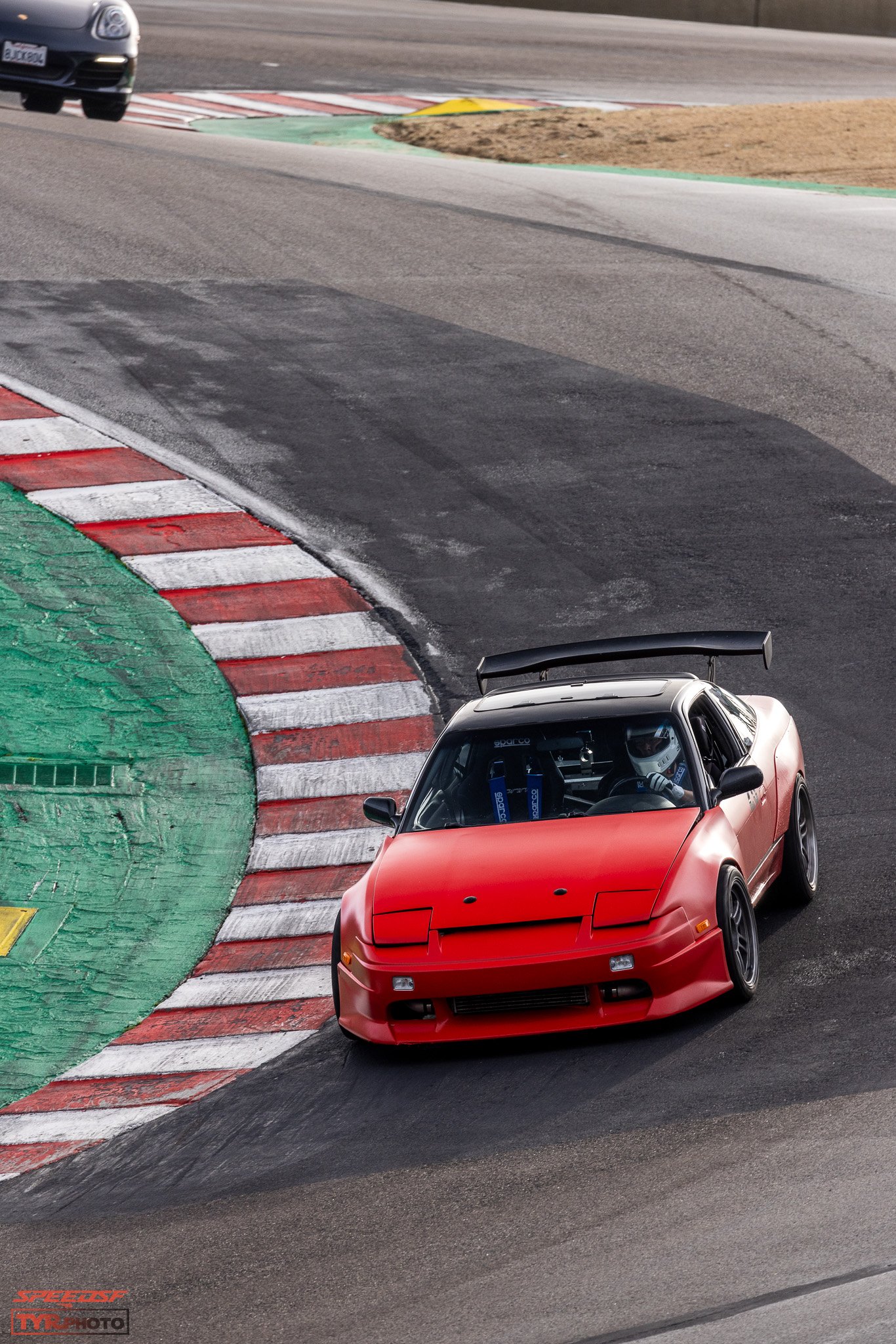
SpeedSF Blog
Every Build Has a Story – Meet the Cars of SpeedSF

Ken's 240SX: Twenty Years in the Making
Twenty years after picking it up, Ken brought a revitalized version of his old track car back to Laguna. It’d sat for a decade as Ken raised a family, but late those nights after the kids went to bed, he studied whatever he could and amassed a collection of track parts. When he finally got a chance to give it another lease on life, he didn’t cut any corners.

Peter's 2JZ-Swapped S13: Tweaking the Famous Drift Recipe
A succession of SR20 failures led to Peter Hong swapping a 2JZ into his Nissan S13. Though the new motor has saved him from some headaches, the bump in power has made the car into more of a drifter than it ever was.

Adam's S13 Coupe: Silvias Do More Than Slide
It’s fun to remember that you could pick up a turbocharged Silvia for a few grand once. Adam Swan took this car to the next level with a few track-oriented mods, but it’s still essentially stock; proving the Silvia can do more than go sideways.
